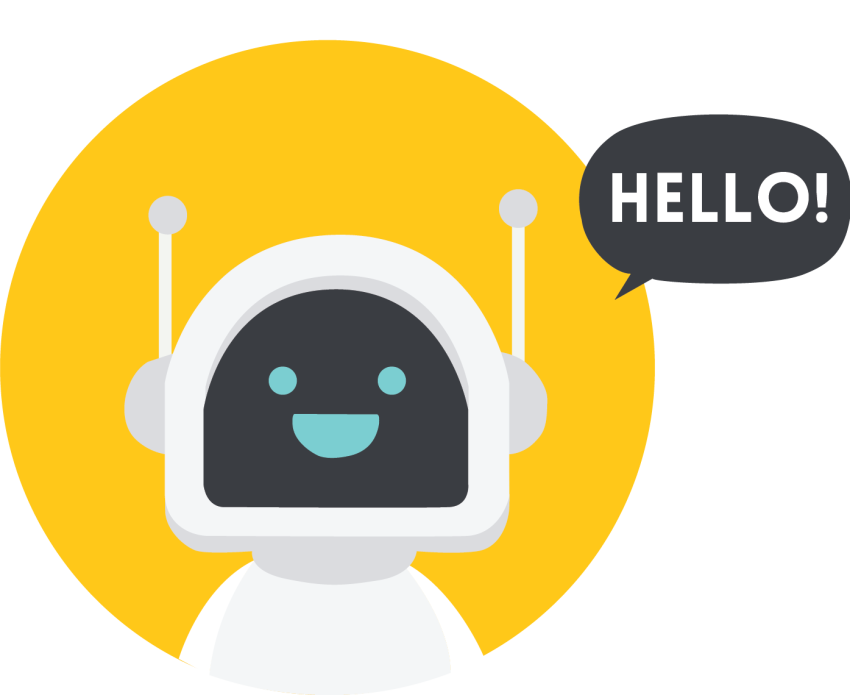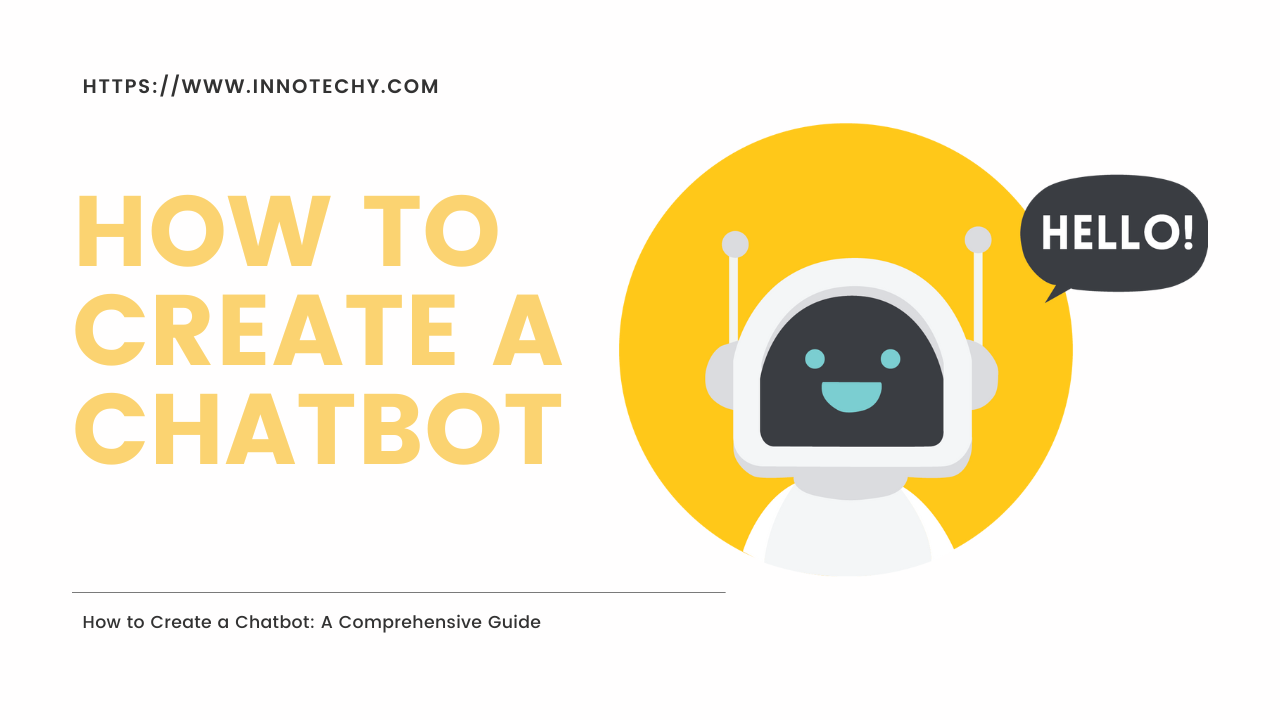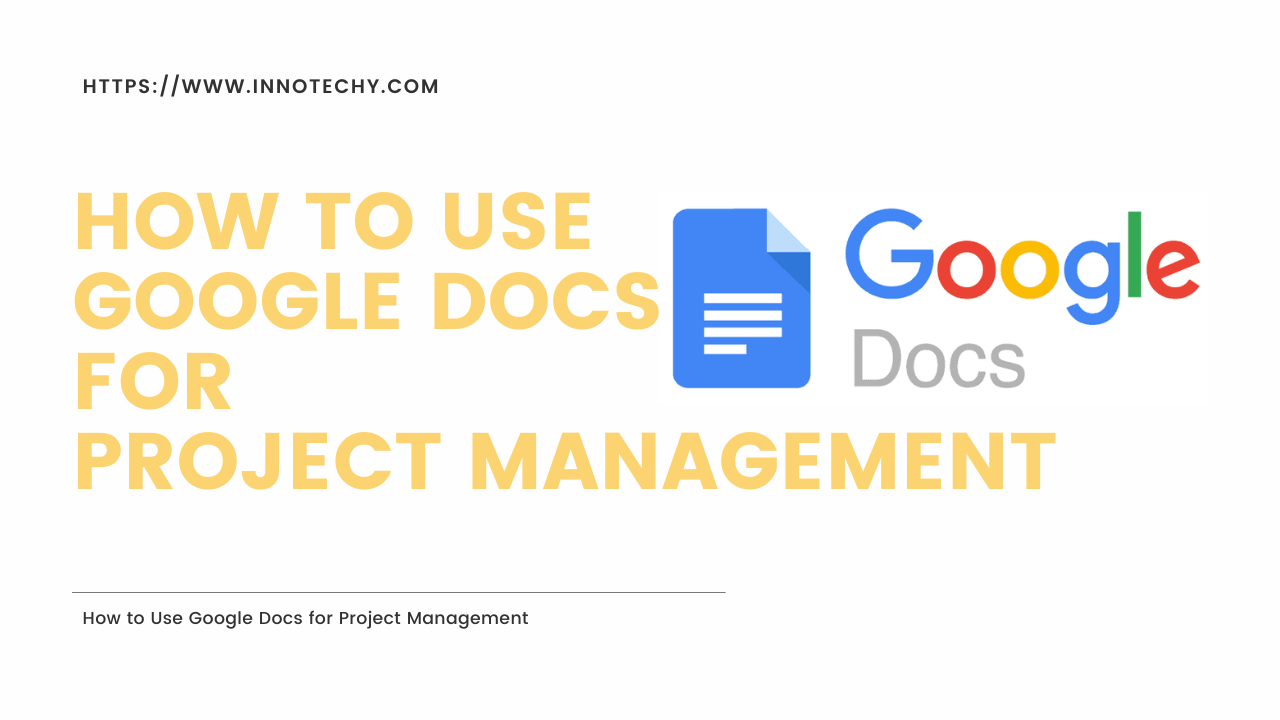Introduction:
Create a Chatbot In today’s digital age, chatbots have become an integral part of business, helping to automate customer interactions, enhance user experiences, and improve overall efficiency. Building a chatbot can seem like a daunting task, but with the right approach and tools, it can be a rewarding endeavor. In this blog post, we’ll walk you through the step-by-step process of building a chatbot, from concept to deployment.

[lwptoc]
Section 1: Understanding Chatbots
In this section, we will provide an overview of chatbots, their types, and their applications. Understanding the basics will help you make informed decisions during the creative process.
Section 2: Defining the Purpose of Your Chatbot
Before diving into development, it is crucial to define the purpose and goals of your chatbot. Consider the target audience, desired functionality, and key use cases to ensure your chatbot serves the intended purpose.
Section 3: Choosing the Right Platform
Choosing the right platform is essential for successful chatbot development. Explore different options, such as frameworks, libraries, and pre-built solutions, to determine which one best suits your needs and technical expertise.
Section 4: Designing the Conversation Flow
Creating a compelling conversational flow is critical to an engaging user experience. Plan dialogue structures, calculate potential user inputs, and incorporate natural language processing (NLP) techniques to enable effective communication.
Section 5: Developing the Chatbot
This section will review the development process. Depending on the platform chosen, you may need to write code, use visual generators, or leverage machine learning frameworks. Implement conversational flows, integrate relevant APIs, and ensure seamless interactions with users.
Section 6: Testing and Revision
Thorough testing is critical to identifying and fixing any issues with your chatbot’s functionality and performance. Perform both manual and automated testing, collect user feedback, and iterate on your chatbot to improve its capabilities.
Section 7: Deployment and Integration
Once your chatbot is ready, it’s time to deploy and integrate it into your desired platform or communication channels. Consider options such as website integration, social media platforms, messaging apps, or voice assistants depending on your target audience and goals.
Section 8: Monitoring and Improvement
Monitoring your chatbot’s performance and user interactions is critical to continuous improvement. Analyze user data, collect feedback, and leverage analytics tools to enhance and improve your chatbot’s capabilities.
FAQs (Frequently Asked Questions):
How much technical knowledge is required to build a chatbot?
Building a chatbot usually requires a certain level of technical knowledge. You need to understand programming concepts, data structures, and algorithms. Additionally, familiarity with natural language processing (NLP) and machine learning techniques can be beneficial for building more advanced chatbots. However, there are user-friendly platforms and tools available that require minimal coding knowledge, allowing non-technical individuals to build simple chatbots.
Can I build a chatbot without coding?
Yes, it is possible to create a chatbot without coding. There are various chatbot development platforms and tools available that offer a visual interface, drag-and-drop functionality, and pre-built templates. These platforms enable users to create chatbots using a graphical user interface (GUI), eliminating the need for extensive coding knowledge.
What programming languages are commonly used for chatbot development?
Several programming languages are commonly used for chatbot development. Some popular choices include Python, JavaScript, Java, and C#. Python, with its extensive libraries such as NLTK and TensorFlow, is often favored for its simplicity and strong support for NLP tasks. JavaScript is commonly used for web-based chatbot development, while Java and C# are popular for building enterprise-level chatbot solutions.
How long does it take to build a chatbot?
The time required to build a chatbot can vary depending on its complexity and development approach. Simple rule-based chatbots can be built relatively quickly, while more advanced chatbots with AI and NLP capabilities can take longer. The development timeline also depends on the developer’s skills, available resources, and the chosen development platform. It is important to plan for iterative development, testing, and refinement, which can increase the overall timeline.
How can I make my chatbot more interactive and human-like?
To make a chatbot more interactive and human-like, consider the following methods:
- Incorporate Natural Language Processing (NLP) techniques to more accurately understand and respond to user input.
- Implement context awareness to maintain coherent conversational flow.
- Use machine learning algorithms to improve chatbot responses over time.
- Add rich media elements, such as images or videos, to enhance the user experience.
- Enable personalization by collecting user preferences and tailoring responses accordingly.
Use humor, empathy, and natural language generation techniques to make chatbot interactions more engaging and relevant.
What security measures should I consider when developing a chatbot?
When developing a chatbot, consider the following security measures:
- Secure communication channels using encryption protocols (such as SSL/TLS) to protect user data during transmission.
- Implement user authentication and authorization procedures to ensure that only authorized users can access sensitive information.
- Regularly update and patch chatbot core software and libraries to address security vulnerabilities.
Implement data protection measures, such as data anonymization or pseudonymization, to protect user privacy. - Follow best practices for secure coding, including input validation, output encoding, and protection against common web vulnerabilities (such as cross-site scripting or SQL injection).
- Conduct regular security audits and penetration testing to identify and address potential threats.
How do I handle multilingual chatbot interactions?
Handling multilingual chatbot interactions can be achieved by leveraging multilingual Natural Language Processing (NLP) techniques. This includes training the chatbot’s language models on diverse datasets and ensuring language recognition capabilities. Additionally, you can integrate translation APIs to facilitate communication with users in different languages. It is important to consider the linguistic and cultural nuances of different languages in order to provide accurate and contextually appropriate answers.
Can I update my chatbot after deployment?
Yes, you can update your chatbot after deployment. In fact, regular updates and improvements are essential to keep your chatbot relevant and effective. You can extend its functionality, improve its responses based on user feedback, fix bugs, and add new features. Having a well-defined deployment and versioning strategy is essential to ensure smooth updates without disrupting ongoing communications or user experiences.
What are common challenges in chatbot development, and how can I overcome them?
Common challenges in chatbot development include:
- Designing an effective conversation flow that accommodates varying user input and intent.
- Ensuring correct understanding of natural language and generating appropriate responses.
- Handling ambiguous user queries or requests.
- Integrating with external systems and APIs to retrieve or update data.
- Scaling the chatbot to handle increasing user load and concurrent conversations.
- Addressing language or cultural nuances in multilingual interactions.
- To overcome these challenges, thorough user testing, iterating on the chatbot’s design, continuously improving its NLP capabilities, and gathering feedback from users to improve the chatbot’s performance and user experience. It is very important to do.





